Skip to content

 Life Dashboard - The advanced all in one tracker.
Life Dashboard - The advanced all in one tracker.
Track your personal habits, finances, tasks and time spent, all in one unified doc.
Hello,
thanks for looking at my CODA doc/tool.
Have a look at the the
I am a Berlin based Product Management Student at and also Co-Founder of which builds indoor farms for offices.
I made this tool to have all my trackers in one place, no matter where I go.
Please feel free to use and adopt this template to your needs. If you are missing anything or came up with more neat functionality you can write me and I can add it to this tool, for others to use.
If you want to connect you can find all the contact details on my website:
General - How it works:
This doc is divided in 5 parts, that can also be used independently. You will get the best experience when using the desktop web version of coda.
For simply inputting a new habit or task the mobile app of CODA works great too.
The Overview:
This is basically where everything comes together. Feel free to customise it as you like. It’s basically just a replication of views and buttons that you can also find in the other pages.
Habit Tracker:
I made this habit tracker to be able to track all the things I wanted once and for all. Quite allot of work has gone into it. It’s divided into input, analysing data, and the settings/backbone page.
Input:
You can input a new habit either on the overview page or on the habit page. Simply hit the done button, or swipe to the right on mobile to find the done button. The progress bar will adjust according to your settings.
Analysing data:
In the habit page, you can find a calendar view of your habits. Here is still room for improvement. If you found a neat way of visualising the habits, please let me know.
Settings and Backbone:
This is where the magic happens. Use the habit list table to add or remove your habits. You can specify the frequency (how often you would like to perform a habit) and the schedule in which you want to count (daily, weekly, monthly).
E.g you could specify to mediate one time per day (frequency 1 , schedule daily).
The progress bar will automatically adjust to this settings based on some quite complicated formulars in the same table. (So don’t change anything else but the name, frequency or schedule, unless you want to experiment ;D).
If you want to make use of the streak feature, you need to manually click the Add achieved habits button in the habit page, after you completed all the habits of the day and before midnight. Unfortunately the automation doesn’t quite work in my case.
Finance Tracker:
This is a quite simple finance tracker. Simply add finances as you need via the Add expanse button and fill out each column to get good visualisations.
You can also add photos for receipts which I find quite useful.
In the Overview and the Finance page you need to adjust your budget (600 in in this example) in the formula to your budget to get accurate numbers. You can use the interactive filter to change the timeframe of the visualisations or create you own. I hope my visualisation are helpful to you.
Task Tracker:
The Task tracker is also quite simple. Just input the tasks via the Add Task button and be as specific with the fields as you see fit. Some of the „managing“ tools like the Kanban board are only useful however, if you fill out the respective fields. It is also uniquely tied in with the time tracker. Completed tasks (marked as done) will be hidden in the completed task page.
Gant Chart:
Use the Start Date and Due Date columns in the task tracker to make use of the Gant Chart. It automatically adjusts the timeframe to the tasks that are shown. You can also use the interactive filters to filter by project and Task Status to get a more detailed view of your work.
Time Tracker:
To use the time tracker in its full functionality you need to add tasks and projects first. You can add task in the task tracker and projects in each task (in the Dropdown) or in the Project DB on the time tracker page. Then you will be able to simply click the start/Stop Button on a specific task on the task page. The time for each task and corresponding project will automatically be recorded and visualised in the time tracker page.
Enjoy 🤓
Want to print your doc?
This is not the way.
This is not the way.

Try clicking the ⋯ next to your doc name or using a keyboard shortcut (
CtrlP
) instead.